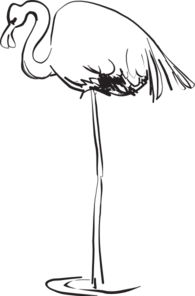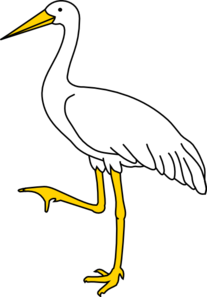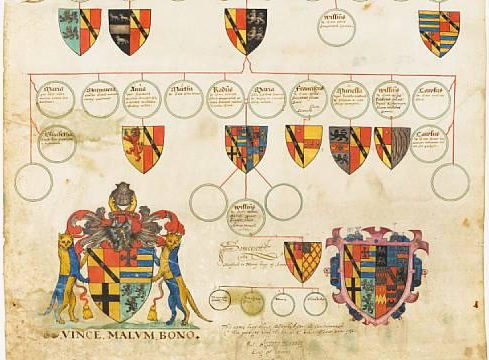Does that tell us something profound about our brains, and how we use them? Quite possibly, but if it does I haven't a clue what.
Anyway. This:

is a goosefoot plant, the sort called Strawberry Blite, Chenopodium capitulatum. You can eat both the leaves and the nice red juicy-looking bits, but unfortunately they both taste of its fellow goosefoot plant, spinach.
The mangel-wurzel is a goosefoot too.
Then there are crows feet, which are very easily to be spotted in every school, office, shop, or factory...

...and, unfortunately, in my mirror. (Though neither of these people is me.)
Of course birds almost always come with two feet...

(picture by Kelly)
...though not quite always.
Hensfoot, for instance, is in New Jersey, and Turkeyfoot is in North Carolina. But how about a crane's foot?

We all have one of those. Really. Even some of our dogs and cats have them.
Oh yes you do, but you have to go back in history a little way to see how. We all got our crane's feet in the 1400s from France. You see, the French for crane's foot was pie de grue, and that gave us our word pedigree, because of the way the lines of our family trees spread across the page.

This is the pedigree of the de Euro family of Northumberland in England.
Neat, or what?
Spot the frippet: something with a pedigree.
The plant Chenopodium's name comes from the Greek words khēn, goose and pous, foot.
Hey! Do you regularly use online social media websites?
ReplyDelete